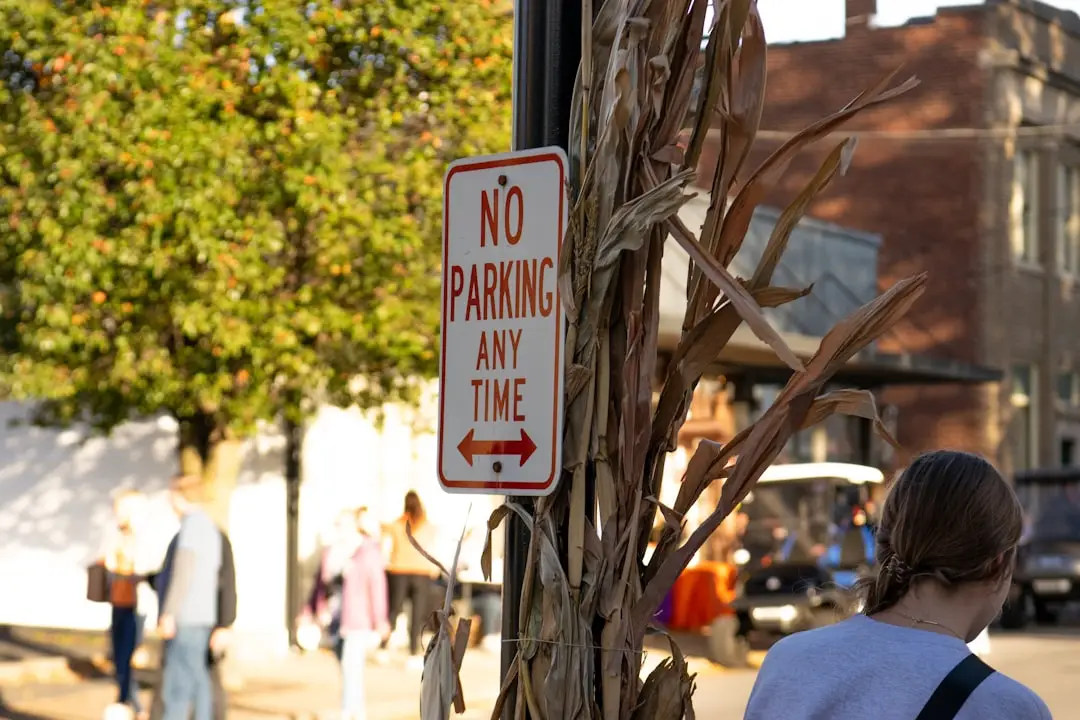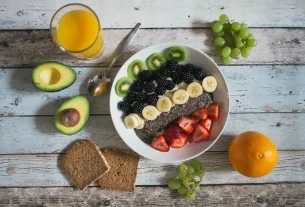Estimated Reading Time: 9 minutes
TTe sweet siren song of sugar… we’ve all heard it.
From the tempting treats on the supermarket shelves to the hidden sugars lurking in our favorite foods, it’s easy to overindulge.
But what if I told you there’s a better way? A way to satisfy your sweet tooth without the sugar crashes and the health anxieties?
This guide is all about how to reduce sugar naturally, making it a sustainable and enjoyable journey, not a restrictive diet.
Let’s be honest, cutting back on sugar can feel daunting. It often brings to mind images of strict limitations and bland foods.
But it doesn’t have to be that way! The goal here isn’t deprivation.
It’s about making mindful choices and gradually retraining your taste buds to appreciate the natural sweetness of whole foods.
Think of it as a lifestyle adjustment, a delicious evolution towards a healthier you.
Before we dive into strategies, let’s understand why reducing sugar naturally is beneficial.
Excessive sugar intake is linked to various health problems, including weight gain, type 2 diabetes, heart disease, and even certain cancers.
Many processed foods are loaded with added sugars, often disguised under various names like high-fructose corn syrup, dextrose, and sucrose.
Learning to identify these sneaky sugars is half the battle.
Added sugars contribute empty calories and can lead to blood sugar spikes, which trigger cravings and leave you feeling tired and irritable.
The good news is that by making conscious choices and focusing on whole, unprocessed foods, you can significantly reduce your sugar intake without sacrificing flavor or satisfaction.
This approach is often far more successful and sustainable than any crash diet!
So, how do we actually *do* this? Here are some practical steps you can take to reduce sugar naturally and reclaim your health:
This might seem obvious, but it’s crucial! Learn to read food labels diligently.
Pay close attention to the’Added Sugars’section, as this is where the real culprit lies. Check the ingredients list for hidden sugars.
Anything ending in’-ose’is a sugar (glucose, fructose, sucrose).
Also, be wary of honey, maple syrup, and other seemingly healthy sweeteners – while they offer some nutritional benefits, they still contribute to your overall sugar intake.
I remember a friend, Sarah, was shocked to discover how much sugar was in her seemingly “healthy” breakfast cereal!
This is often a common misconception.
Focus your diet on whole foods: fruits, vegetables, lean proteins, and whole grains.

These foods are naturally lower in sugar and higher in fiber, which helps regulate blood sugar levels.
Fruits are naturally sweet and packed with vitamins, minerals, and fiber.
Vegetables, especially leafy greens and cruciferous vegetables, offer incredible nutritional value without a lot of sugar.
Think about it: a crisp apple is a far better choice than a sugary candy bar.
Fiber is your best friend when it comes to managing blood sugar. It slows down the absorption of sugar, preventing those nasty spikes and crashes.
Aim for high-fiber foods like whole grains, beans, lentils, and plenty of fruits and vegetables.
One of my personal tricks is to add a spoonful of chia seeds to my morning oatmeal.
Not only does it boost the fiber content, but it also adds a satisfying texture!
This is perhaps the easiest and most impactful change you can make.
Sodas, juices, and sweetened beverages are loaded with sugar and contribute significantly to your daily intake.
Switch to water, unsweetened tea, infused water (try adding cucumber, mint, and lemon!), or sparkling water.
If you’re craving something sweet, consider stevia or monk fruit, which are natural, calorie-free sweeteners.
I know of several friends who have greatly improved their sugar intake just by dropping sodas.
When you cook at home, you control what goes into your food. Restaurant meals and processed foods often contain hidden sugars.
Experiment with delicious, healthy recipes.
This is the best way to understand how to reduce sugar naturally in your daily routine and enjoy tasty meals!
Avoid sugary snacks that cause energy crashes. Instead, choose snacks that combine protein, healthy fats, and fiber.
Examples include a handful of nuts and seeds, a small serving of Greek yogurt with berries, or a hard-boiled egg.
This keeps you feeling full and energized throughout the day, without the sugar rollercoaster.
Stress and lack of sleep can both increase cravings for sugary foods.
Find healthy ways to manage stress, such as exercise, meditation, or spending time in nature. Aim for 7-9 hours of quality sleep each night.
A recent study published in the “American Journal of Clinical Nutrition” found a strong correlation between sleep deprivation and increased sugar cravings.
Experiment with spices like cinnamon, nutmeg, and cloves.
They add warmth and flavor to your food and can satisfy your sweet tooth without adding sugar.

Cinnamon, in particular, has been shown to help regulate blood sugar levels.
Don’t try to overhaul your diet overnight. Make gradual changes.
Start by eliminating sugary drinks, then gradually reduce added sugars in your other foods.
This approach is much more sustainable and less likely to lead to feelings of deprivation or failure. Baby steps often produce the best results!
If you need a touch of sweetness, consider natural sweeteners like stevia, monk fruit, or a small amount of raw honey or maple syrup.
However, remember that these are still sugars and should be used sparingly. Be mindful of the serving sizes, as it’s easy to overdo it.
A little goes a long way!
This journey is not about perfection; it’s about progress. There will be times when you slip up and indulge in something sweet.
Don’t beat yourself up about it! Simply get back on track with your next meal. Be patient with yourself and celebrate your successes along the way.
Remember why you started this journey: for your health and well-being!
Let’s look at a couple of real-life examples of individuals who successfully implemented how to reduce sugar naturally: Example 1: Maria’s Transformation
Maria, a busy professional, was constantly battling energy slumps. Her diet was filled with processed foods and sugary snacks.
She decided to cut out all added sugars for one month. The first week was tough, but after that, her cravings diminished.
She replaced sugary drinks with water and herbal teas, prioritized cooking at home, and focused on whole, unprocessed foods.
Within a few weeks, Maria lost weight, had more energy, and felt an overall sense of well-being. Her story is a reminder that change *is* possible. Example 2: David’s Sustainable Shift
David loved his morning coffee with multiple spoonfuls of sugar. He gradually reduced the amount he added, slowly adjusting his taste buds.
He also added a tablespoon of chia seeds to his oatmeal. Now, he enjoys his coffee black and his oatmeal with berries and nuts.
David now finds himself naturally reducing sugar in his diet without feeling deprived.
This illustrates that changing habits doesn’t have to be an all-or-nothing proposition; small, consistent changes can lead to lasting results.
There’s a lot of misinformation out there about sugar. Let’s clear up a few common myths:
Myth #1: All sugars are created equal. Not true.
While all sugars are carbohydrates and provide energy, the way your body processes them differs.
Naturally occurring sugars in fruits (fructose) and dairy (lactose) are often accompanied by fiber, vitamins, and minerals, making them a more balanced source.
Added sugars, on the other hand, provide empty calories.

Myth #2: Artificial sweeteners are a harmless alternative. The long-term effects of artificial sweeteners are still being studied.
While they may not contain calories, some studies suggest they could disrupt gut health and potentially lead to increased cravings for sweet foods.
It’s best to approach them with caution and focus on reducing your overall sugar intake naturally.
Myth #3: You need sugar for energy. This is another misconception.
While glucose is the primary fuel for your brain and body, you can obtain it from various sources, not just refined sugars.
Your body can convert protein and fats into glucose when needed.
A balanced diet rich in whole foods will provide sustained energy without the need for added sugars.
Learning how to reduce sugar naturally is a journey, not a destination.
It’s about making informed choices, embracing whole foods, and creating a sustainable lifestyle that supports your health and well-being.
Remember, it’s okay to enjoy the occasional treat, but by focusing on a diet rich in whole, unprocessed foods, you can significantly reduce your sugar intake, feel better, and live a longer, healthier life.
The path to a naturally sweet life is paved with deliciousness and mindful choices.
Start today, and you’ll be amazed by the positive impact it has on your energy levels, mood, and overall health!
Ready to take the next step? Join our newsletter for weekly health tips!
Frequently Asked Questions
What are the most common sources of hidden sugar in our diets?
Hidden sugars are sneaky because they’re often disguised in processed foods under many different names.
Some of the most common culprits include sweetened beverages (sodas, juices, energy drinks), breakfast cereals, flavored yogurts, sauces (ketchup, barbecue sauce), and processed snacks like cookies, cakes, and pastries. Always read the ingredient list and check the “Added Sugars” on the nutrition facts panel.
How can I manage sugar cravings when they hit?
Sugar cravings are often triggered by blood sugar fluctuations, stress, or lack of sleep. When a craving hits, try drinking a large glass of water, which can sometimes help.
If you’re still hungry, reach for a protein-rich snack (like a handful of nuts or a hard-boiled egg) or a piece of fruit with some protein or healthy fat (such as an apple with peanut butter). Deep breathing exercises or a short walk can also help reduce cravings by managing stress.
Are natural sweeteners like honey and maple syrup a healthy alternative to refined sugar?
Natural sweeteners like honey and maple syrup offer some nutritional benefits compared to refined sugar, such as trace amounts of vitamins and minerals. However, they still contain calories and can affect blood sugar levels. Therefore, while they can be used in moderation, it’s important to be mindful of portion sizes.
The best strategy is to gradually reduce your overall reliance on any added sweeteners and to focus on the natural sweetness of whole foods.
Does exercising help in the process of reducing sugar intake?
Absolutely! Exercise plays a crucial role in sugar reduction. Regular physical activity helps improve insulin sensitivity, meaning your body is better at using glucose (sugar) for energy. Exercise also helps manage stress, which can often trigger sugar cravings.
Furthermore, a consistent exercise routine contributes to weight management, and maintaining a healthy weight is directly linked to improved blood sugar control. Aim for at least 30 minutes of moderate-intensity exercise most days of the week.
What are some examples of easy-to-make, low-sugar snacks?
There are many delicious and simple low-sugar snack options!
Some great examples include: a handful of mixed nuts and seeds; plain Greek yogurt with berries (avoid flavored yogurts as they contain added sugar); a hard-boiled egg; a small serving of cottage cheese with a sprinkle of cinnamon; vegetable sticks (carrots, celery, cucumber) with hummus; or air-popped popcorn.
These snacks will satisfy your hunger and provide sustained energy without causing a sugar rush and subsequent crash.



